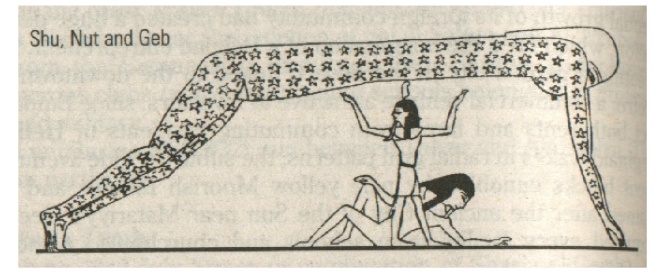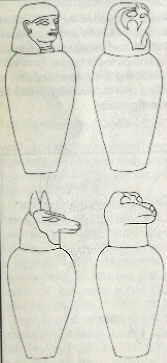![]()
Lets go visit Queen Hatshepsut's temple | Egypt webpages sitemap | Wanderlust
Luxurious Luxor
Valley of the Kings
Although sixty four pharaoh's tombs have been discovered, many of them are closed for renovation, and only the safe and well preserved tombs are open to the public. Even among these, it may be worthwhile choosing the tombs you want to visit, because of time limitations. The VoK includes the famous child pharaoh Tutankhamen's tomb, for which one must pay extra to get in. We visited the tombs of Ramesis IV, Saptah and Ramesis IX.
An interesting aside: looks like graffiti has its place in every culture and civilization: we saw the graffiti inscribed by Greek and Roman soldiers on some of the pharaoh's tombs!!!! For all you know, college classrooms and restrooms may soon become protected areas because of the "history" value of their graffiti...

In all tombs in VoK, the side walls are lined with illustrations. The wall decorations begin at the entrance and continue all the way to the bottom of the tomb. These illustrations are exquisite, and the splendor of their colors is as fresh as if they were done yesterday. Intricate drawings of the Egyptian's interpretation of the afterlife, as well as hieroglyphics line the walls. Battles that the pharaoh has won during his lifetime, pictures of his subjects serving the pharaoh, enemies and prisoners captured by the pharaoh's army are other illustrations to look out for. There are many pictures that reflect the spiritual texts from the Book of the Dead, intended to accompany the deceased during his journey through the afterlife (check out a typical graphic). Some of the tombs are unfinished, and some look like they've been done in a hurry. Our guide guessed that it may have been due to a pharaoh dying unexpectedly, which required that the tomb had to be completed earlier than schedule.

All tombs have the sarcophagus room (or burial chamber) which had the mummy of the pharaoh in a gilded coffin, and his various organs mummified separately in canopic jars (see adjoining figure). Our guides very "kindly" gave us a graphic description of how the various viscera were fished out of the body. Sample this: the brains were drawn out through the nose... Fortunately, it was some time since we had finished breakfast. Various items of daily use, including beds, furniture, and lots of jewellery were put into small chambers leading off the burial chamber in the belief that this would help the dead pharaoh in his eternal life. To help the pharaoh, figurines of slaves were included in the tomb (contrary to popular belief, Egyptologists believe that slaves were not killed in order to be mummified with the pharaoh to serve him in after life).
Next to the VoK is the Valley of Queens (VoQ) and Princes and Tombs of Nobles. Here, we saw Prince Amun Hur Hapshet's and Titi's tombs (of course, we had no clue as to where they fit in in the family tree). The tombs we saw weren't as intricately painted as those of the pharaohs L. The highlight of this part of the tour was the mummified foetus in one of the tombs. We didn't see any tombs of nobles due to restoration work going on, as well as sheer shortage of time. In any case, one assumes they would not be as resplendent as the VoK.
![]()
Lets go visit Queen Hatshepsut's temple | Egypt webpages sitemap | Wanderlust
© Vixabs Vacations Unlimited
May 01 2003